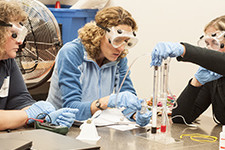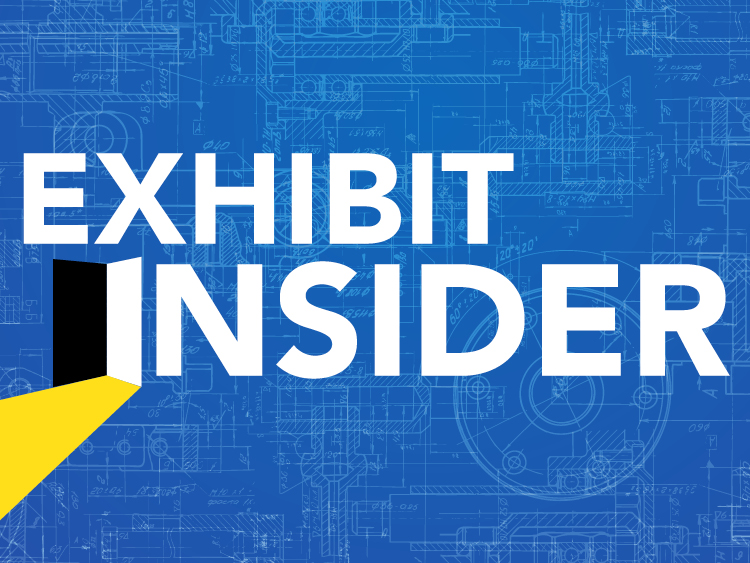Learning about the use of Phenomena in NGSS aligned units has really been the bridge of understanding for me between how I have always known science should be taught and implementing the NGSS. I have spent the past year taking a deep-dive into the purpose of phenomenon and how we can utilize phenomenon in our teaching to drive student learning, while also taking a close examination of curriculum design and coherence.
In previous blog posts and videos we have discussed what a phenomenon is and how to go about choosing a phenomenon that will work for your students and your content. We have discussed how phenomenon should be observable events that can be explained by scientific ideas, but not TOO easily explained. We have covered how they should be relatable to our students and that we should be thoughtful about what our students’ prior experiences are that they are able to draw from. A great refresher for choosing a phenomenon can be found here. But what now? I have my phenomenon but how do I move forward?
Even if you are working with a curriculum that you have taught before it is important to take some time to understand the content for the unit that you are approaching. As you go through the process for unpacking the DCI’s for your unit you will be anticipating student questions. These are questions that you WANT students to ask as a result of experiencing the anchor phenomenon. Once you have generated these anticipated student questions, look back at your phenomenon.Think about your students. Are you students going to ask the questions you want them to about this phenomenon? Does the Unit’s Driving Question connect to the anchor phenomenon? If yes, great you can move forward planning your unit. If not, then we need to take some time to think about how we can frame the phenomenon to encourage students to ask those “right” questions on their own. The power of student driven learning only exists if they are able to generate these questions independently or with peers.
If you don’t think that your students will ask the “right” questions there are a couple of questions you can ask yourself that will help to prepare your phenomenon for success. Can you add a story to your introduction of the phenomenon (without giving anything away)? Or can you add context that helps students ask questions about certain aspects of a phenomenon? Are there opportunities to present the phenomenon in multiple ways, can you add a hands on component, or opportunities for students to discuss ideas with each other? What are the Crosscutting Concepts that students will be utilizing in this Unit? Can you introduce one of these to help focus student thinking? These are all ways that you can support students in asking the questions we want them to ask while still giving them control.
So now you should feel pretty confident that your students are going to ask some of the questions that you have anticipated; remember there may be unrelated questions and that is okay. Each of these questions that we expect students to ask should be linked to learning that will happen in the Unit. They may be tied to a lesson level phenomenon (a phenomenon that is tied to just one or a few pieces of content) that you have planned to set up an investigation or exploration. Or maybe students are designing their own investigations.There are many different ways to structure a Unit and no one right way to organize learning.
The piece I want to focus on in light of this blog post is that each of those questions (through an investigation, research, or experience) should lead students to a conceptual building block or piece that will help them to explain the initial anchor phenomenon. Think of it like this: the anchor phenomenon is a mystery made up of different pieces. We can’t understand the mystery until we put all of the pieces together. The progression of the Unit should provide opportunities for students to make sense of those conceptual building blocks and then relate them back to the original phenomenon. This means that students should have many opportunities throughout the Unit to revisit the initial phenomenon and organize their ideas (a great option for this is using a summary table. This should happen both individually and through discussions with peers. As you plan your Unit ask yourself do students have the opportunity to think about AND discuss their new learning? Where and when am I providing these opportunities?
Focusing a whole Unit on a single phenomenon can seem scary at first. There are so many what ifs. But by carefully planning and anticipating your students’ needs you can set them up for success. For more information on using anchor phenomenon, check out…

Join the Connecticut Science Center Educator Hub on Facebook and connect with educators across the state to share resources and ideas for the classroom.

Becky Fahey is a Professional Development Specialist at the Connecticut Science Center’s Mandell Academy for Teachers. Previously, she has worked as a preK-3 educator in various public school districts in Eastern Connecticut where she designed and implemented inquiry based lessons in the classroom. Becky brings with her expertise in collaboration and inquiry based teaching and will apply these skills to help educators to deepen their understanding of NGSS and apply best practices to support their learners in the classroom.



